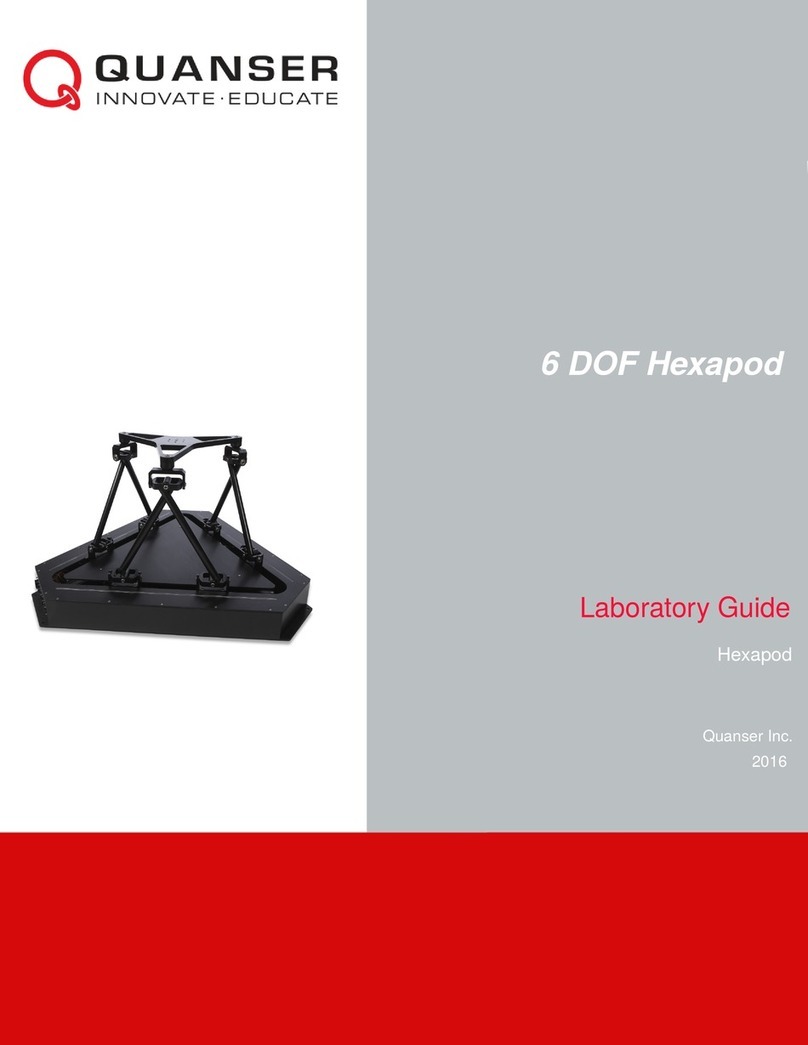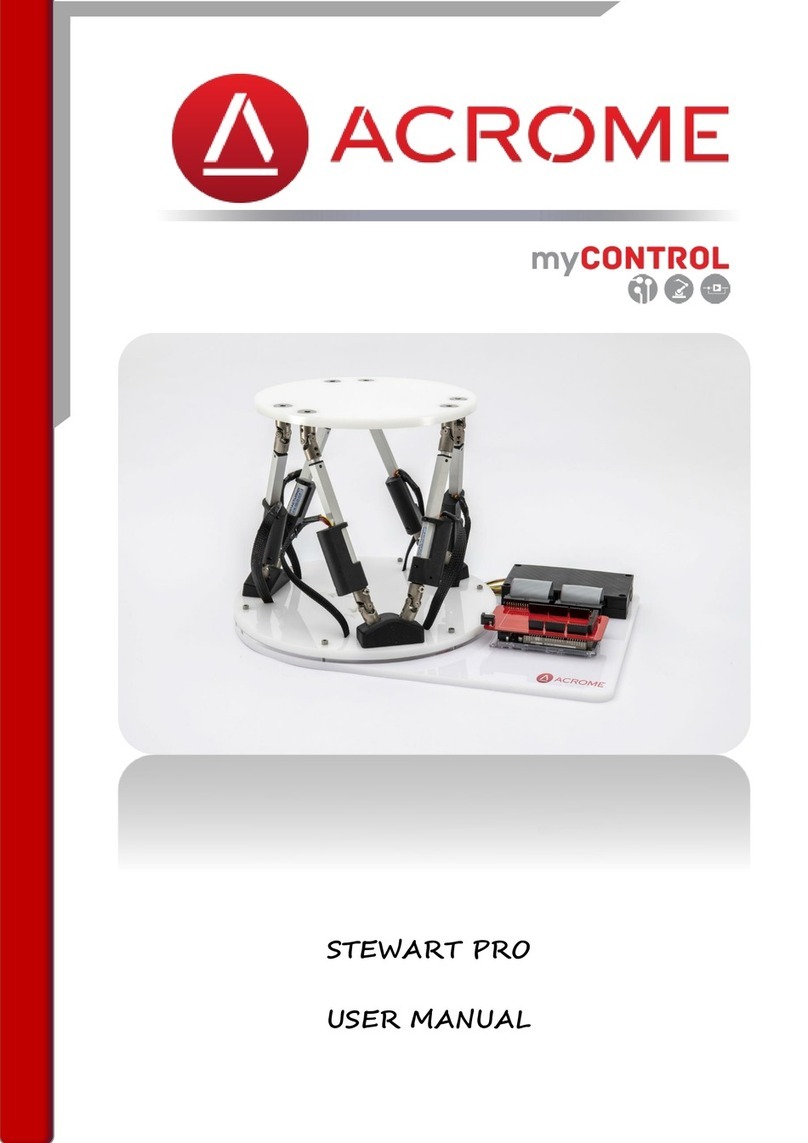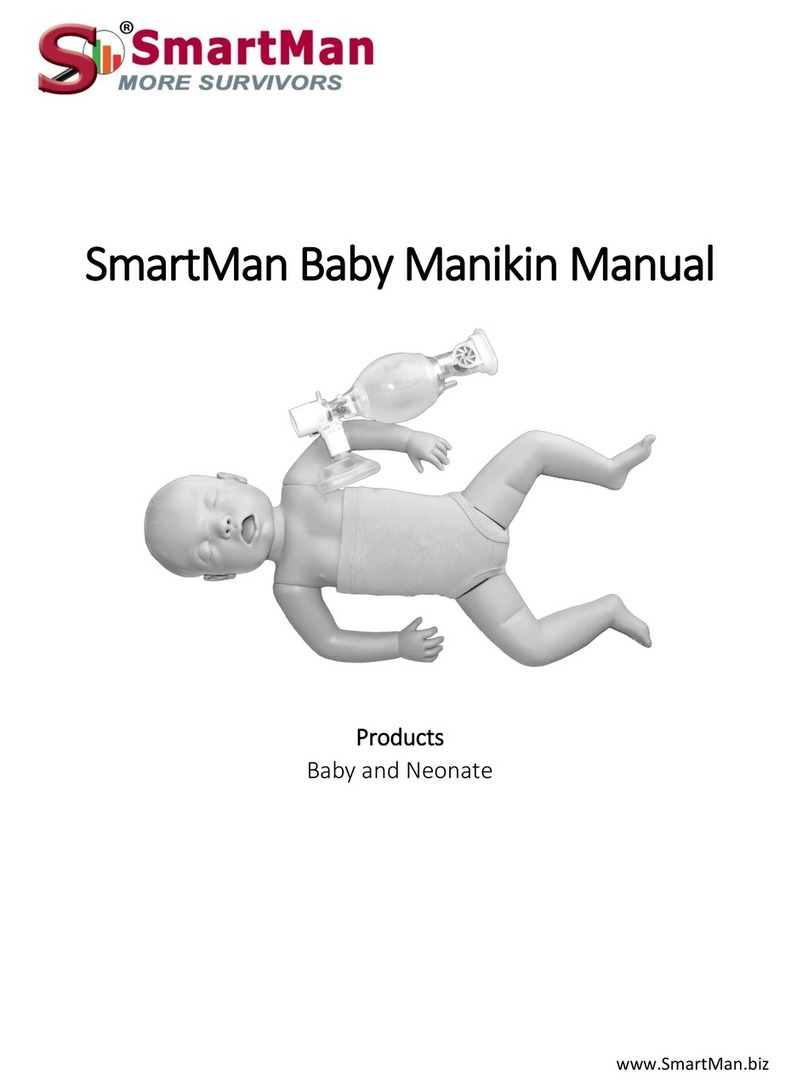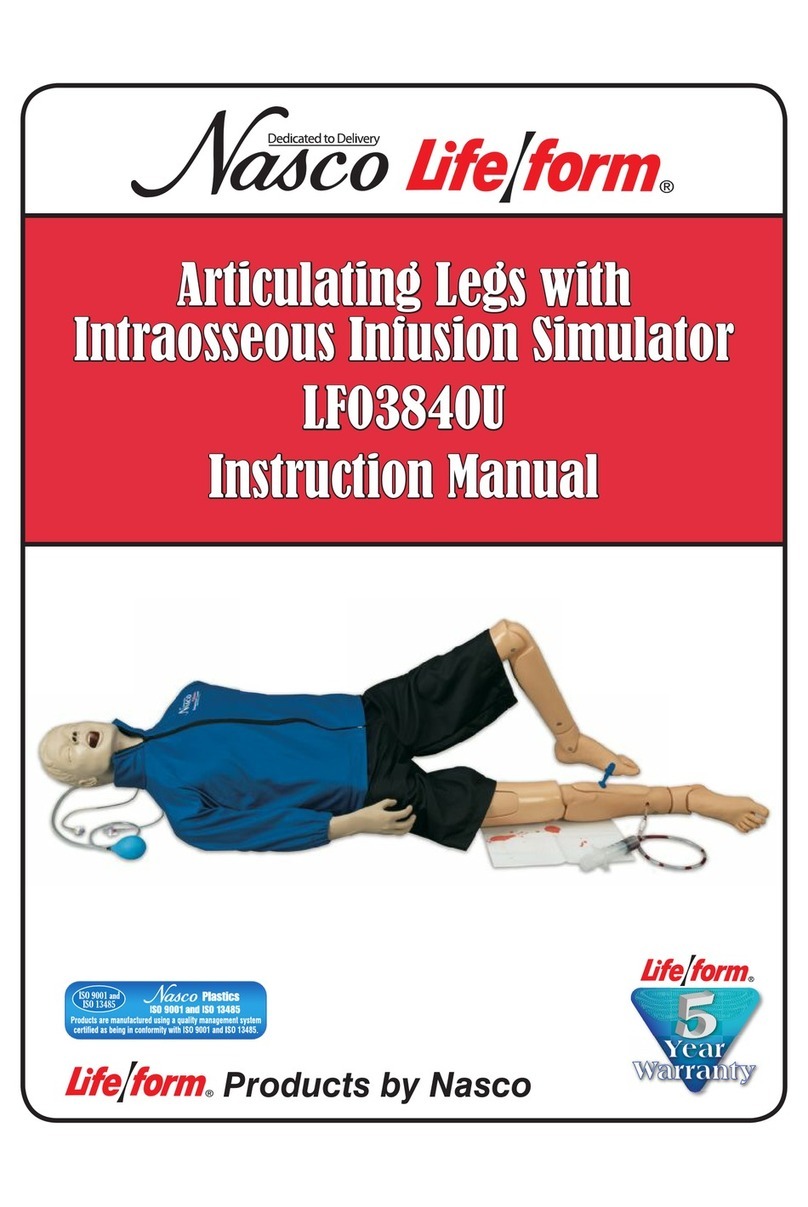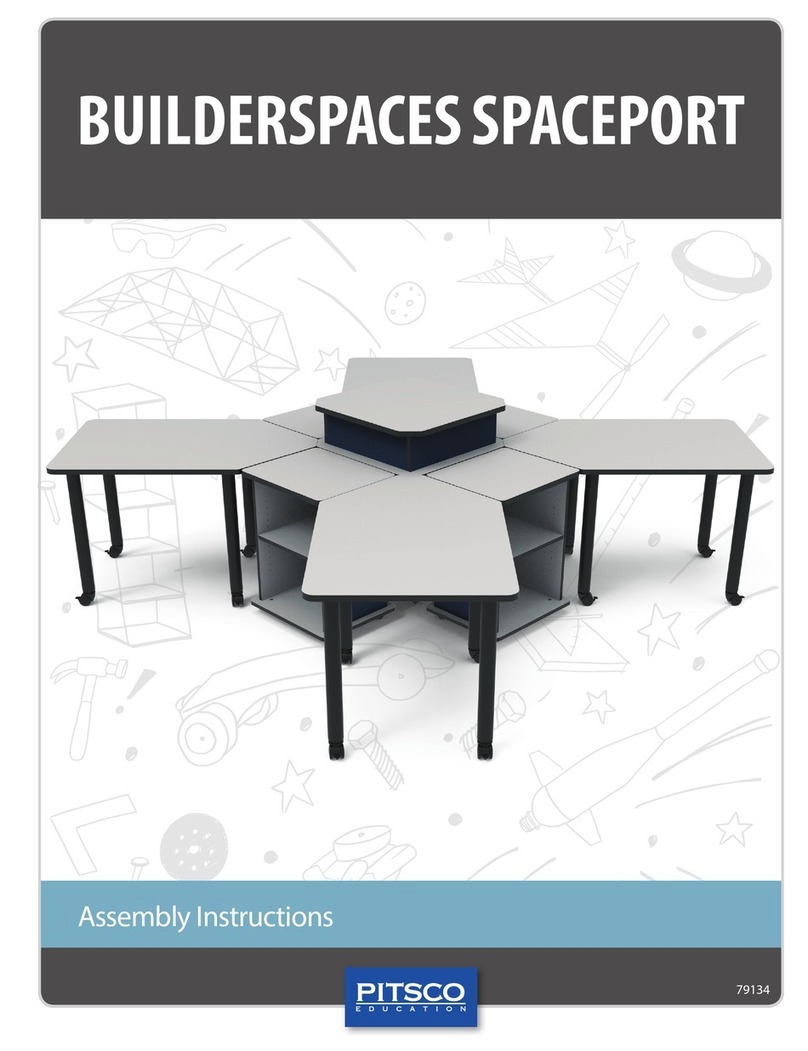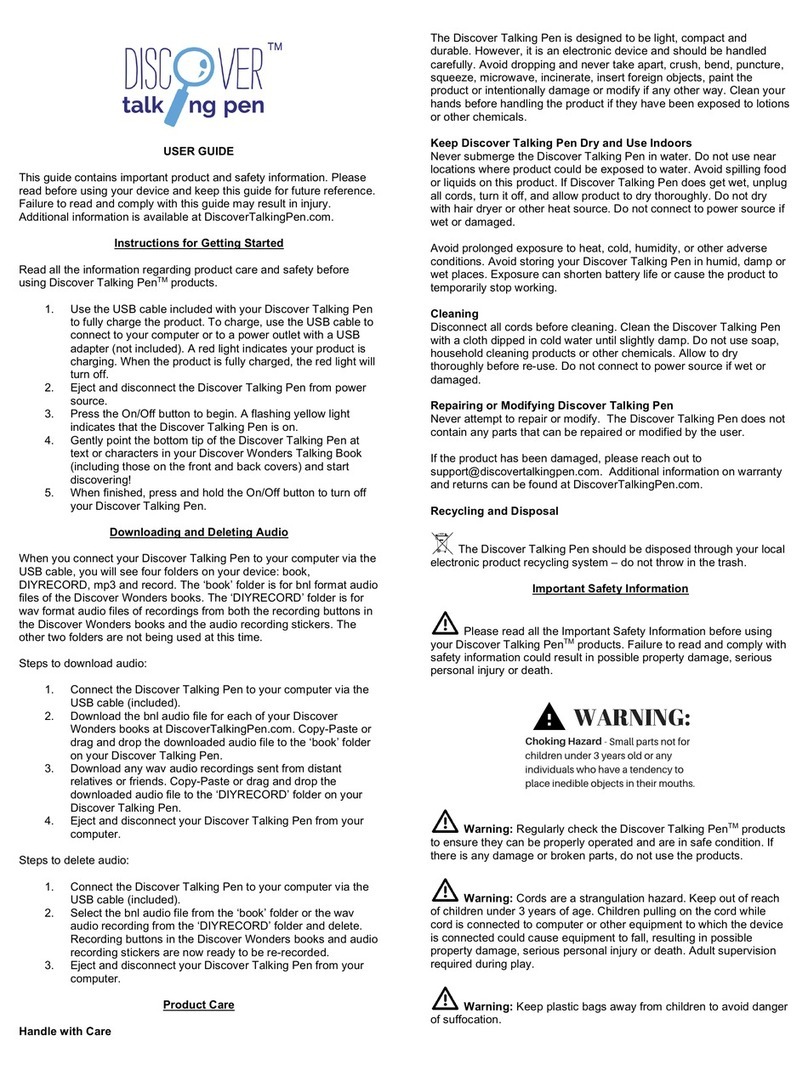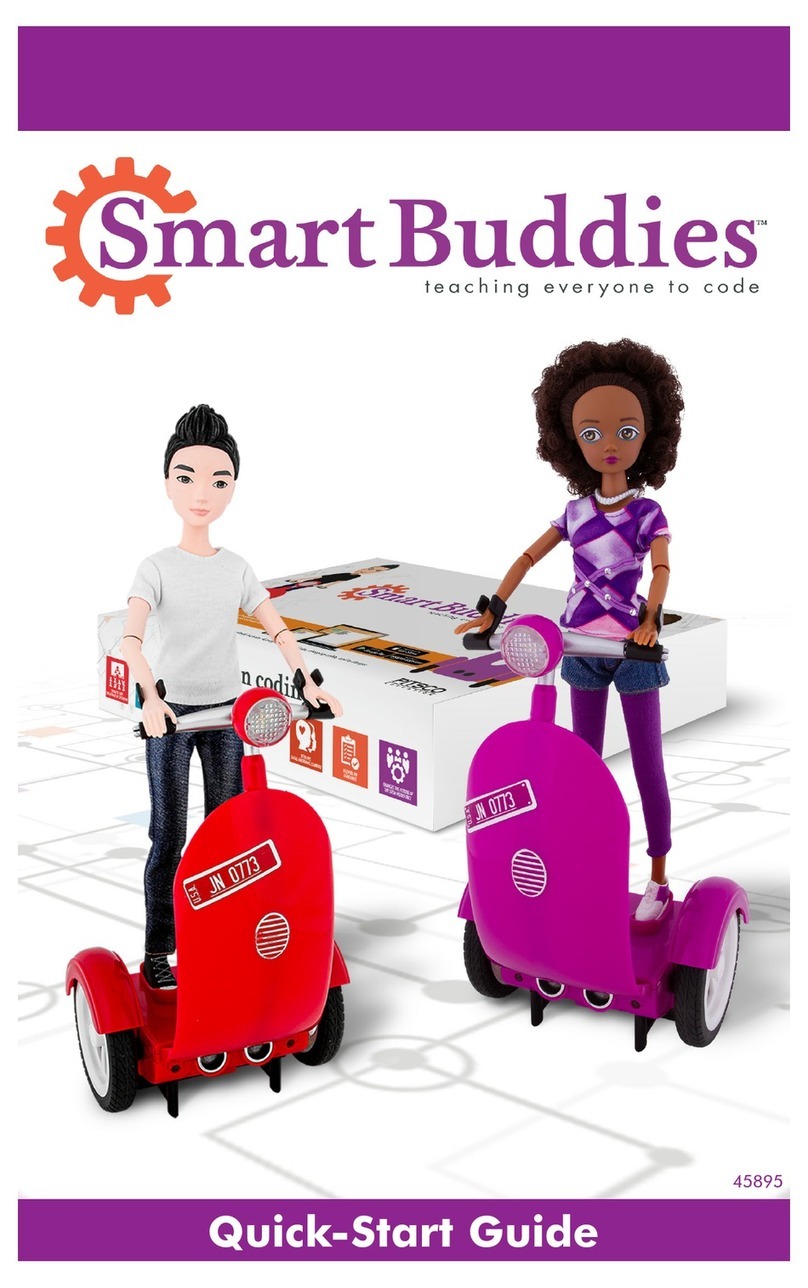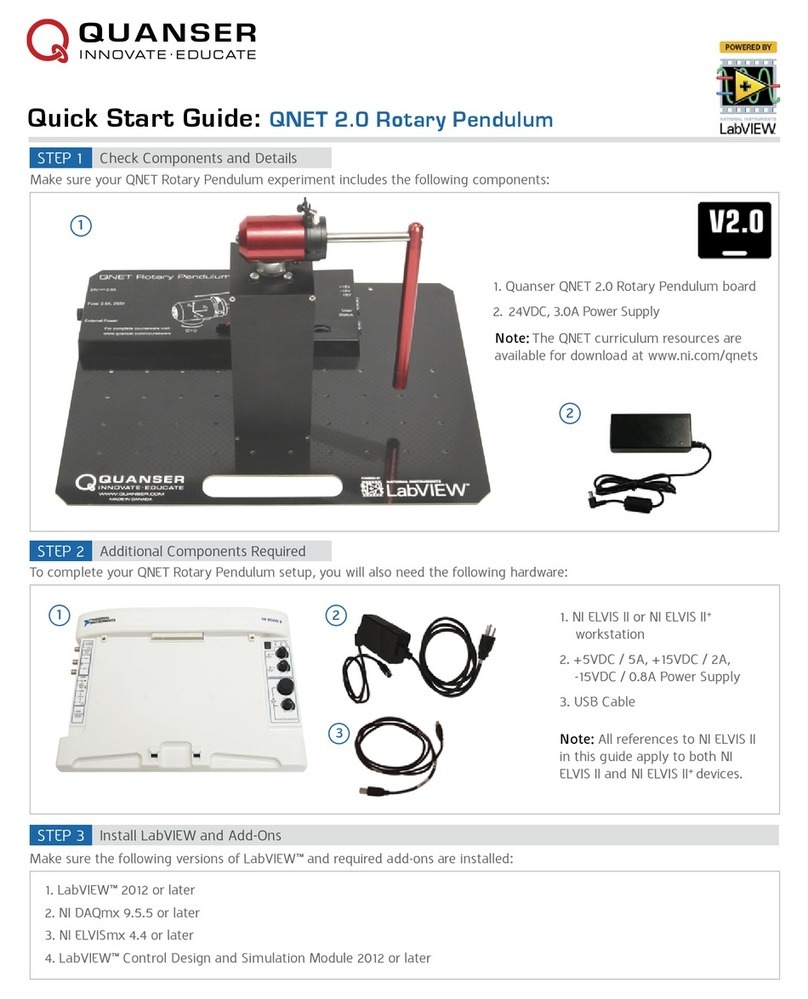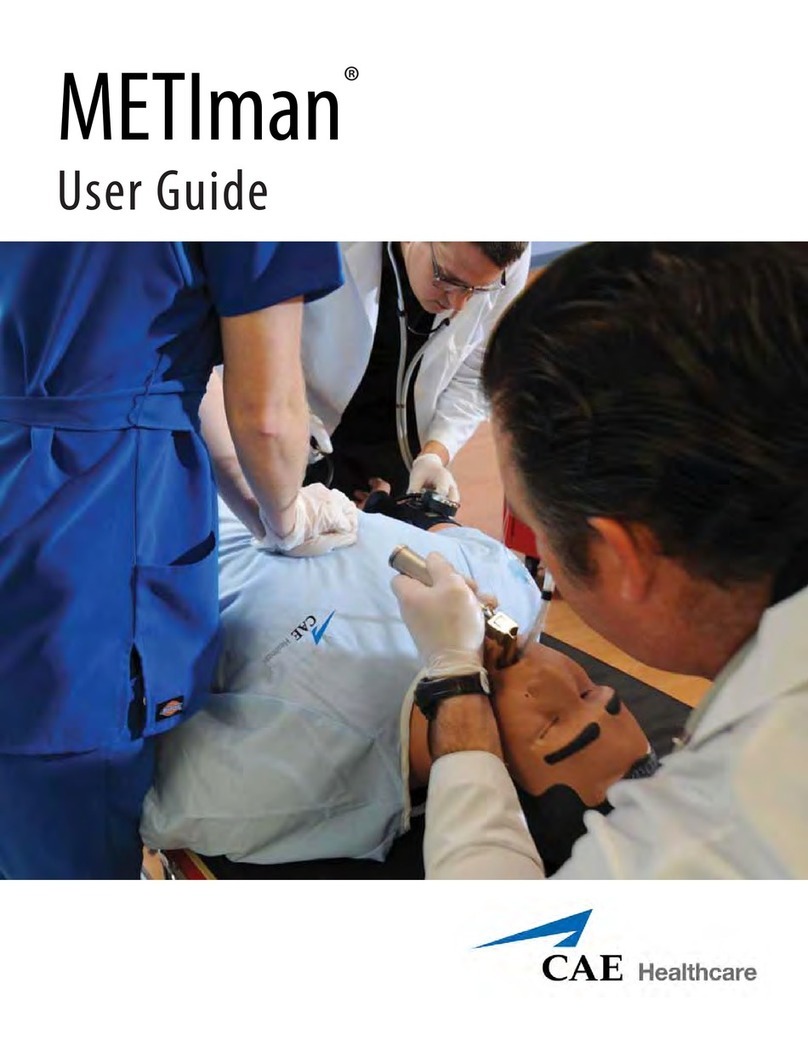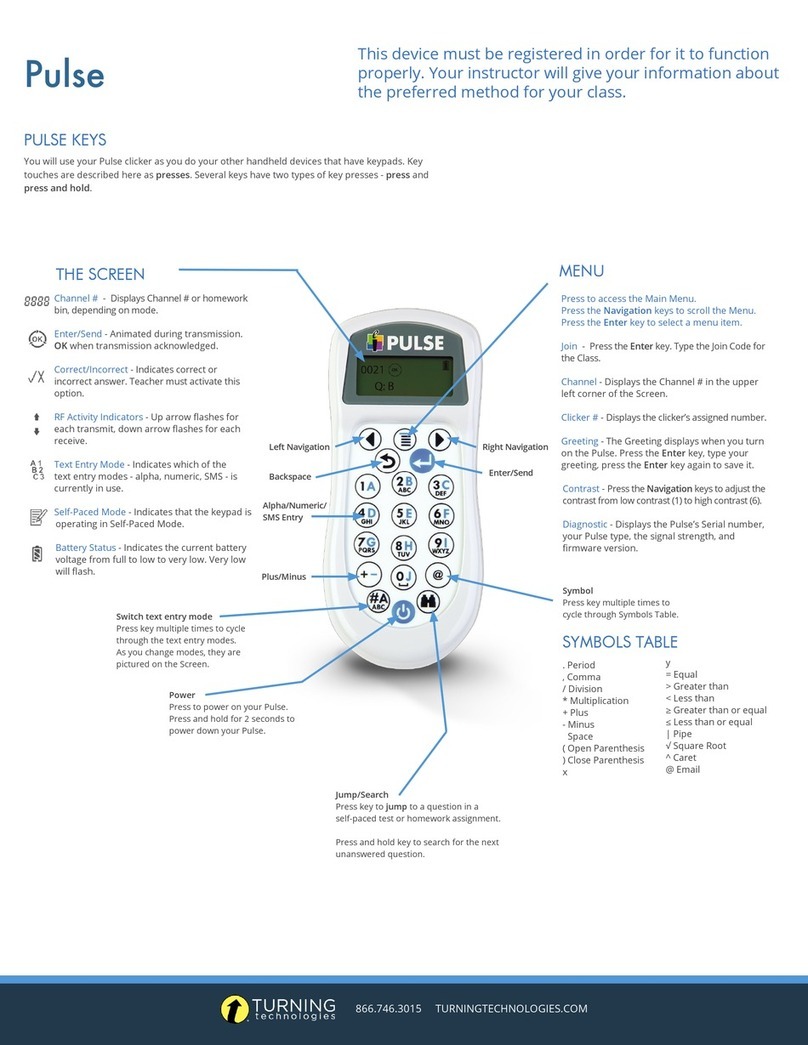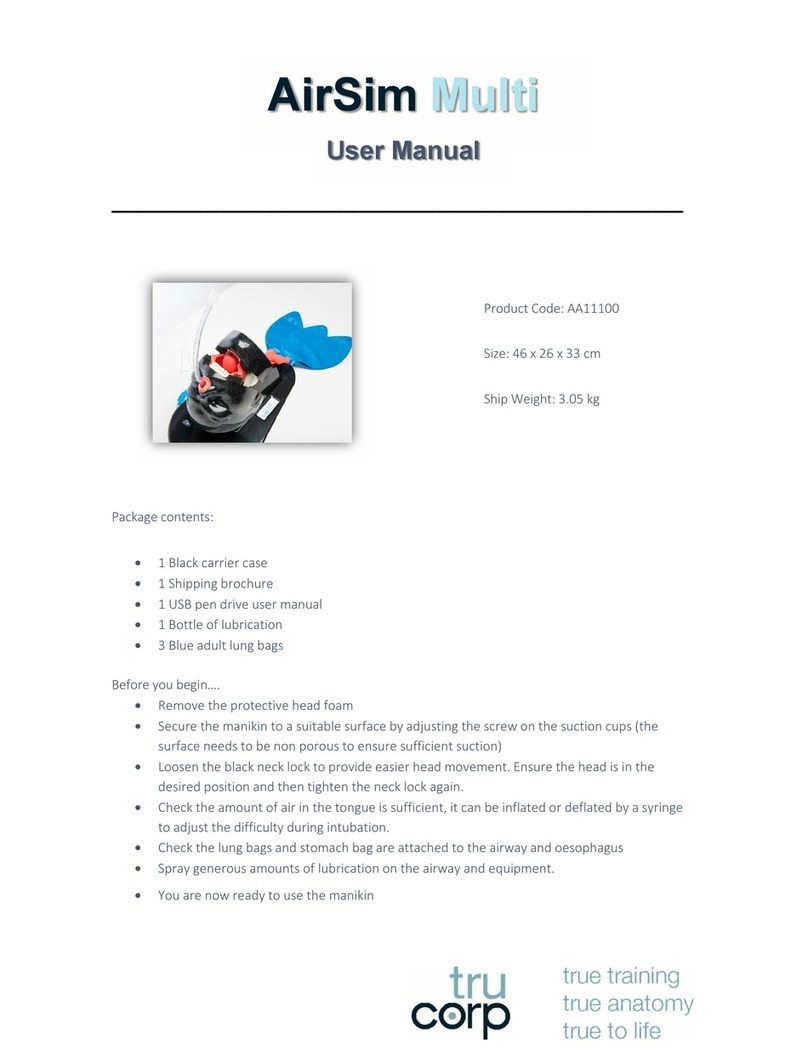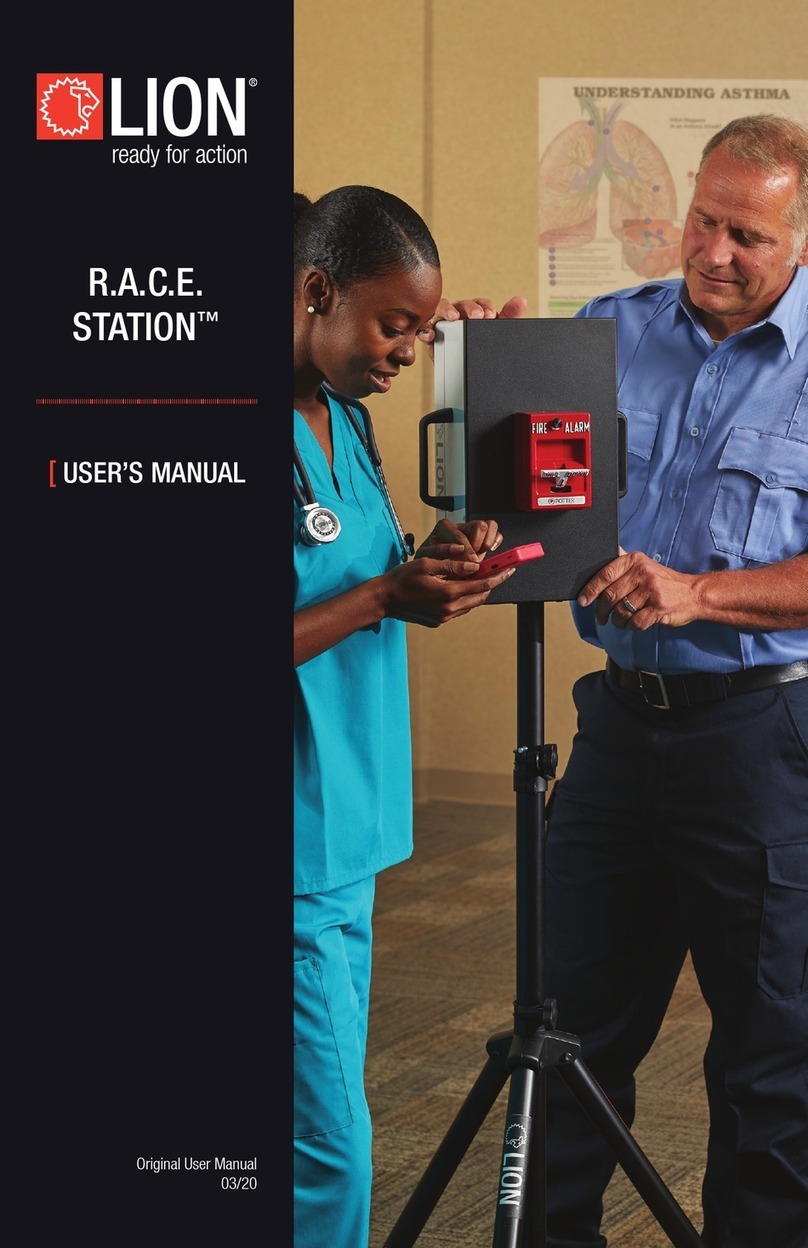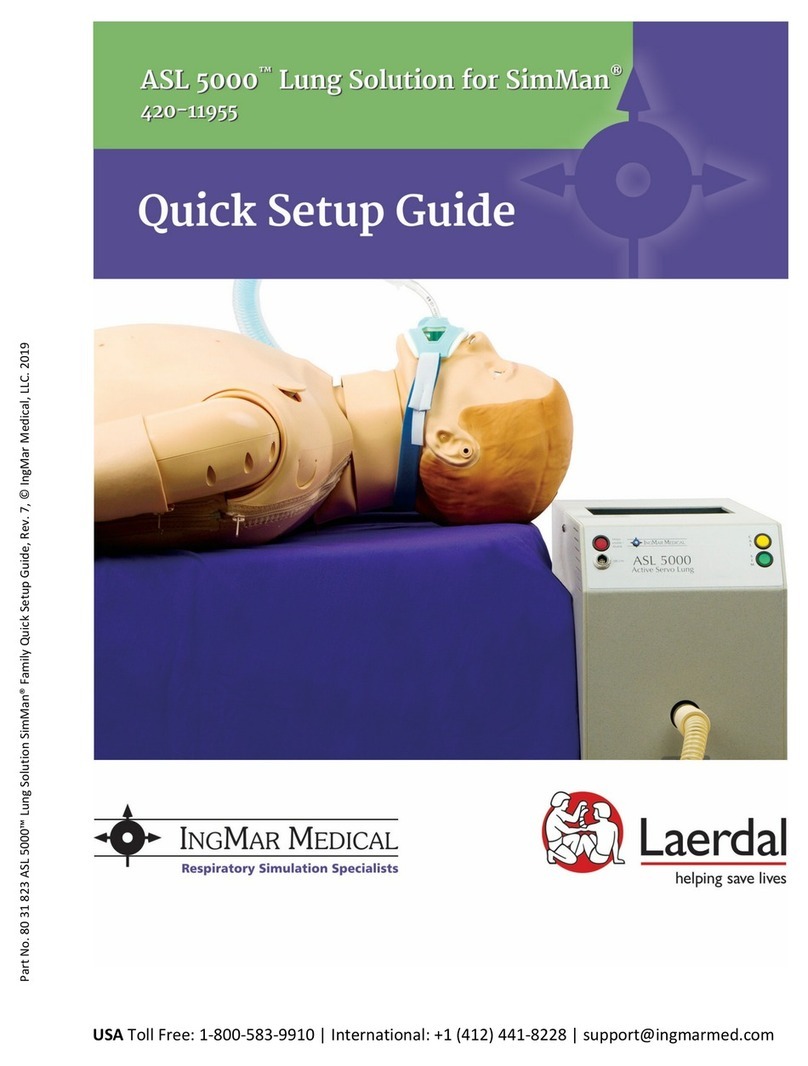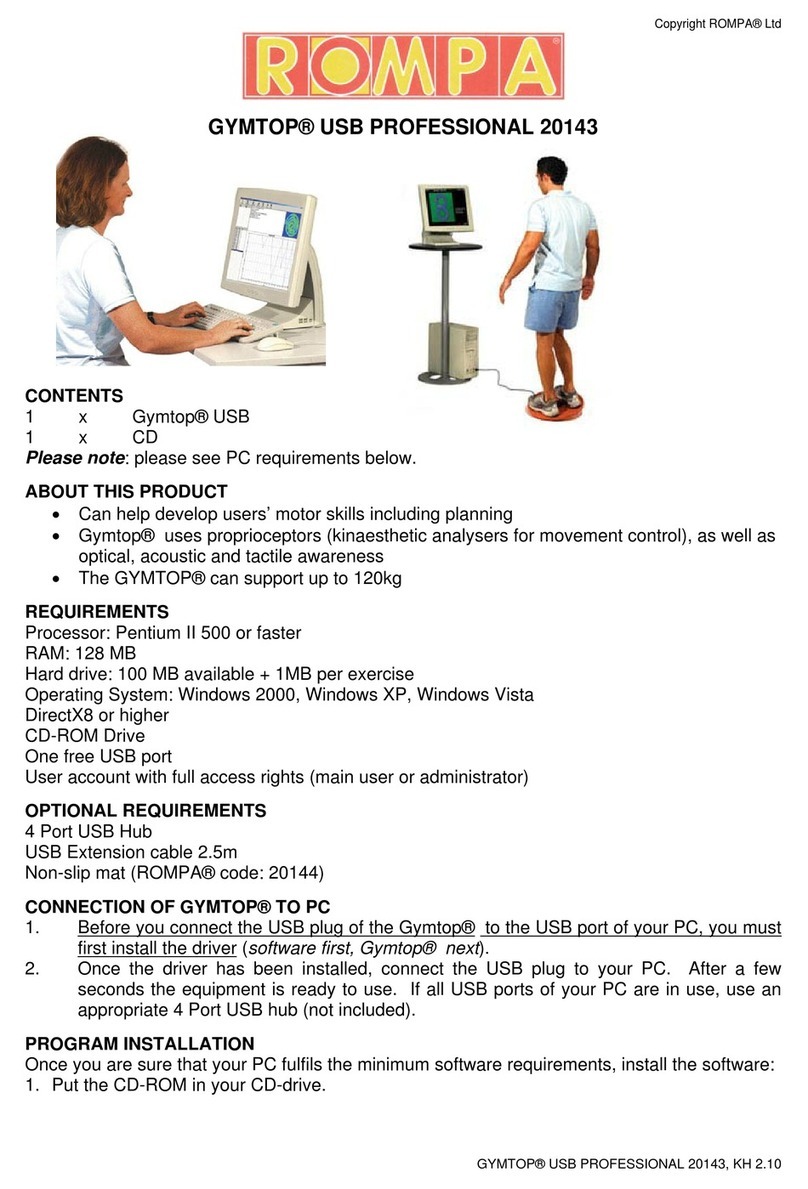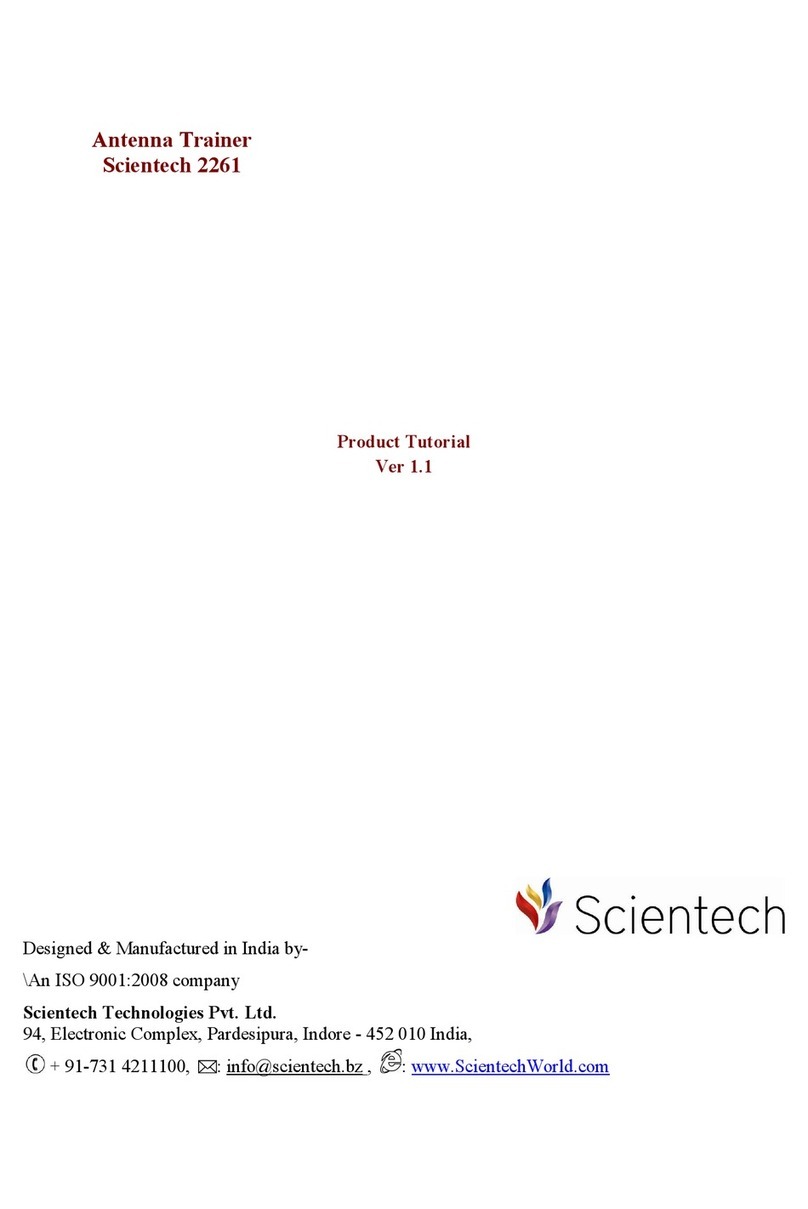
10 PASCAL KUGEL MONTAGEANLEITUNG
BEDINGUNGEN
SICHERHEIT
1.
2. Bei starkem Wind wird unbedingt empfohlen, das Produkt abzubauen.
3. Die aufgebaute Kugel sollte nicht unbeaufsichtigt gelassen werden.
5. Auf speziellen Wunsch besteht die Möglichkeit, die Zeltbeschichtung
aus flammhemmendem Stoffgemäß der B1-Norm herzustellen.
4. Halten Sie das Produkt von Wärmequellen und offenen Flammen fern.
Stellen Sie keine Wärmequellen in die Nähe der Kugel.
Sie können das Material bei hohen Temperaturen schmelzen.
Die aufblasbare Kugel ist nicht für den Gebrauch bei extremen
Wetterbedingungen wie starkem Wind, starkem Regen oder Schnee,
Sturm, Hagel usw. geeignet.
EMPFEHLUNGEN 1. Bevor Sie die Kugel aufbauen, lesen Sie die folgende Aufbauanleitung
sorgfältig durch.
2. Seien Sie vorsichtig beim Auf- und Abbau, um Personen - und andere
Schäden zu vermeiden.
3. Bevor Sie das Produkt abbauen, reinigen Sie es gründlich.
Jeglicher Schmutz sollte mit einem in warmem Wasser angefeuchteten
Tuch vom Stoffentfernt werden. Verwenden Sie keine Reinigungsmittel
oder Hochdruckreiniger.
4. Stellen Sie sicher, dass das Produkt trocken ist, bevor Sie es falten.
Wenn es jedoch aus Gründen, die der Anwender nicht zu vertreten
hat (z. B. Witterung), feucht gefaltet wird, sollte es so schnell wie
möglich wieder auseinandergefaltet werden, um es vollständig
zu trocknen.
5. Kontrollieren Sie bei Windböen systematisch den Sitz aller
Winkel-Anker.
6. Die Sicherheitsventile dürfen unter keinen Umständen blockiert werden.
7. Verwenden Sie ausschließlich die vom Hersteller mitgelieferte
Pumpe zum Abpumpen des Produkts. Die Verwendung anderer
Pumpen kann das Produkt beschädigen und stellt ein Risiko dar.
ACHTUNG Die im Produkt eingeschlossene Luft ändert ihr Volumen bei
Temperaturänderungen. Hohe Temperatur erhöht das Luftvolumen -
das Produkt erhöht seine Steifigkeit. Niedrige Temperatur verringert
das Luftvolumen - das Produkt verliert an Steifigkeit.
BEDINGUNGEN
GARANTIE
Die Garantiebedingungen können Sie auf der Website des
Herstellers herunterladen.
